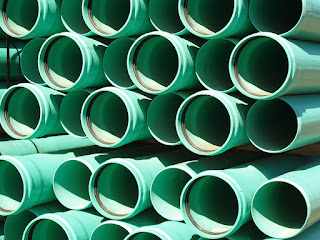How Indian Pipe Manufacturers Are Shaping the Plumbing Future

In the vast landscape of infrastructure development, plumbing stands as an essential cornerstone, ensuring the smooth flow of water and other vital resources. Behind this critical facet of modern civilization lies a burgeoning industry driven by innovation, efficiency, and sustainability. In recent years, pipe manufacturers in India have emerged as key players in shaping the future of plumbing, both domestically and globally. Let's delve into how these manufacturers are revolutionizing the sector. 1. Innovation in Materials: Traditionally, plumbing relied heavily on materials like copper, PVC, and galvanized steel. However, Indian manufacturers have been at the forefront of introducing newer, more advanced materials such as CPVC (Chlorinated Polyvinyl Chloride) and PPR (Polypropylene Random Copolymer). These materials offer superior durability, corrosion resistance, and cost-effectiveness, making them increasingly popular choices for plumbing applications. CPVC pipes, for instan


.png)
